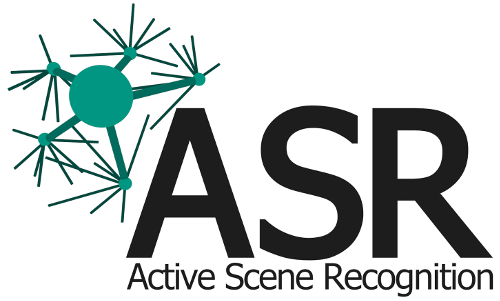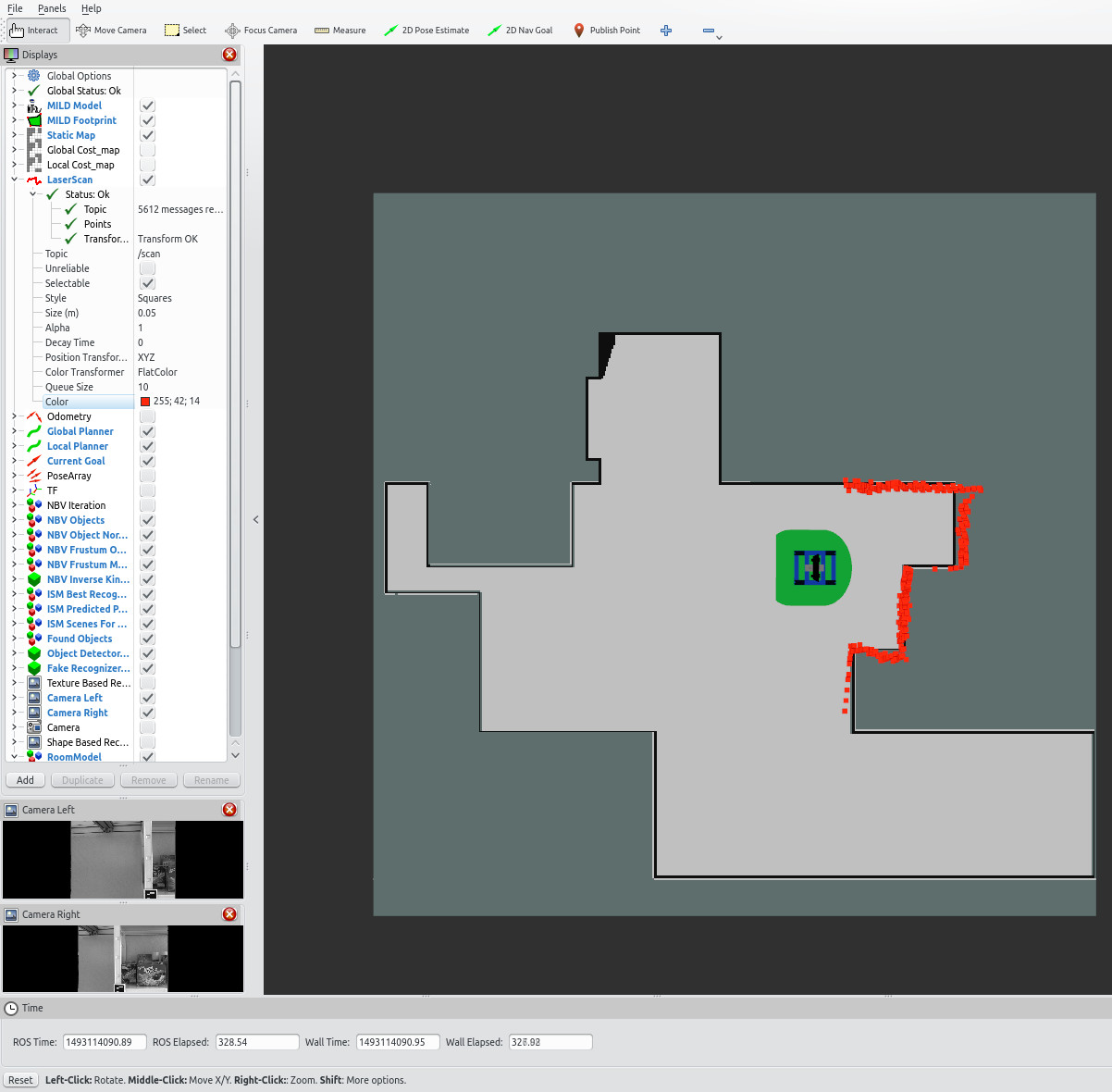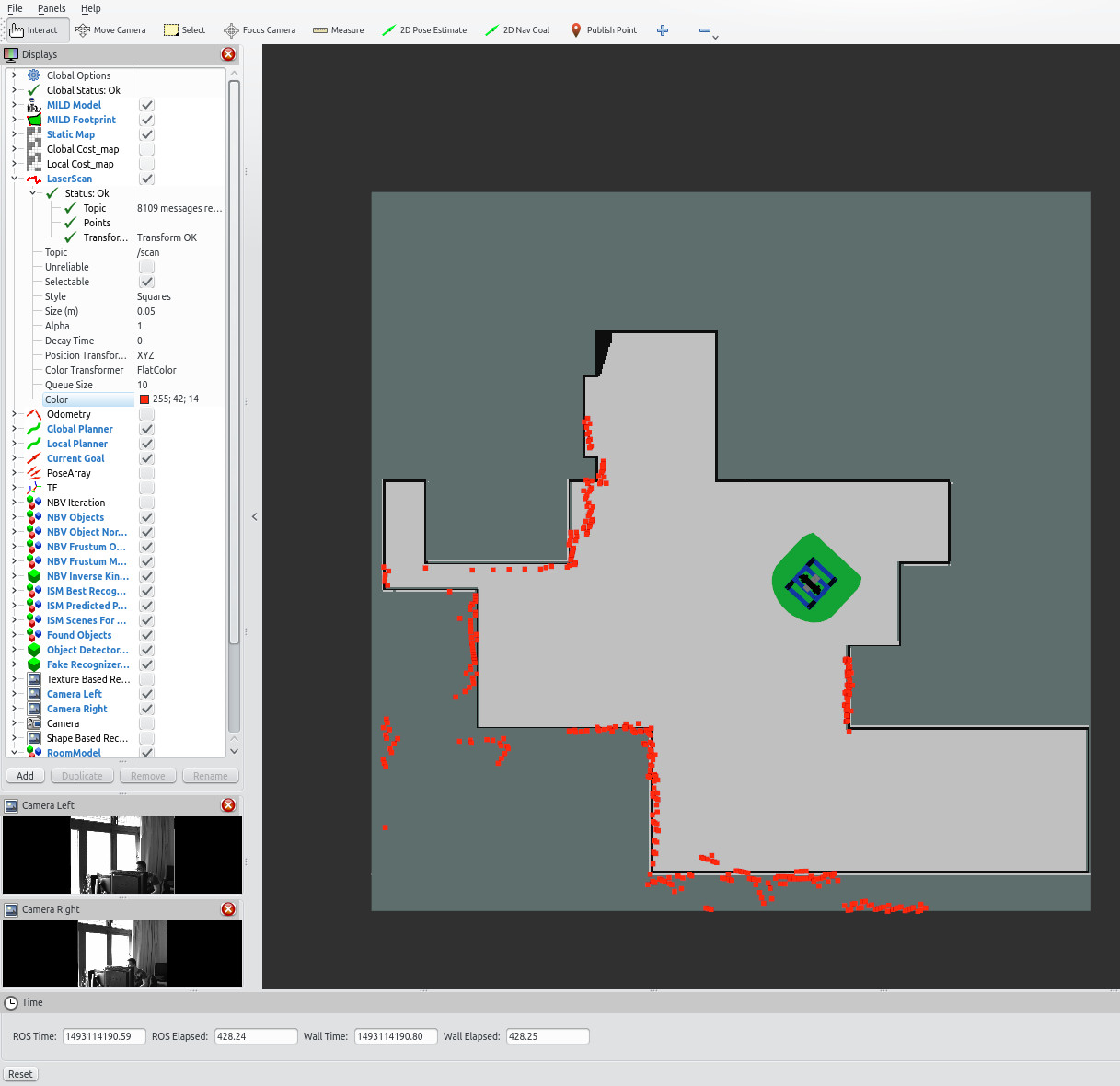Show EOL distros:
Package Summary
This package provides streams of laser scan messages in cartesian coordinates from a planar sick laser scanner.
- Maintainer: Meißner Pascal <asr-ros AT lists.kit DOT edu>
- Author: Aumann Florian, Borella Jocelyn, Dehmani Souheil, Marek Felix, Reckling Reno
- License: BSD
- Source: git https://github.com/asr-ros/asr_mild_base_laserscanner.git (branch: master)
Package Summary
This package provides streams of laser scan messages in cartesian coordinates from a planar sick laser scanner.
- Maintainer: Meißner Pascal <asr-ros AT lists.kit DOT edu>
- Author: Aumann Florian, Borella Jocelyn, Dehmani Souheil, Marek Felix, Reckling Reno
- License: BSD
- Source: git https://github.com/asr-ros/asr_mild_base_laserscanner.git (branch: master)
Package Summary
This package provides streams of laser scan messages in cartesian coordinates from a planar sick laser scanner.
- Maintainer: Meißner Pascal <asr-ros AT lists.kit DOT edu>
- Author: Aumann Florian, Borella Jocelyn, Dehmani Souheil, Marek Felix, Reckling Reno
- License: BSD
- Source: git https://github.com/asr-ros/asr_mild_base_laserscanner.git (branch: master)

Contents
Description
ROS-Node that starts the SICK PLS 101-312 laserscanner and publishes its laserscan data.
Functionality
The main class is sick.cpp. It contains the SICK configuration and starts the code which communicates with the SICK. Also, it publishes the scan data to ROS. All other code is based on the sicktoolbox . The toolbox also contains code for other SICK laserscanners.
The "SickPLS.cc" class contains all methods you need. It also contains many methods to get information from the SICK, e.g. resolution.
Usage
For a successful laserscan you only need to connect the SICK PLS 101-312 laserscanner to your PC. You can use USB or a Serial interface. For a baudrate of 500k you need USB or a RS422 Serial port and cable. To establish a connection, you must adapt the name of the connected port (look at parameter "serial"). Then you only need to start a launchfile with the laserscanner node e.g. asr_mild_base_launch_files.
Two example scans in RVIZ. The used SICK PLS 101-312 has a little noise in its scans which you can see in the right image.


Needed Packages
asr_mild_base_launch_files if you want to start the node with the mild.launch file.
Needed hardware
SICK PLS 101 312 connected with serial or USB. Serial 422b is needed for a 500k baudrate.

Start system
Execute the following command on the computer with CAN and laserscan connection (start driving and laserscanner):
roslaunch asr_mild_base_launch_files mild.launch
OR
Start only the laserscanner:
rosrun mild_base_laserscanner mild_base_laserscanner
Wait until the following is shown (this can take 1-2 minutes):
Init. complete: Sick PLS is online and ready! tScan Angle: 180 tScan Resolution: 0.5 tMeasuring Units: cm
It can take several tries to connect to the laserscanner!
ROS Nodes
Published Topics
_/scan_ ( sensor_msgs/LaserScan.msg)
Includes an array of all scanned points of one iteration with its distance information.
Parameters
Look at asr_mild_base_launch_files on how to adapt the parameters.
topic (string)
- the topic name where the scans are published on. Usually "/scan".
serial (String)
- Path to the port, e.g. "/dev/rs422b" for a serial RS422b device connection.
init_attempts (int)
- How often the package should try to connect to the laserscanner until it stops trying.
baudrate (int)
- Set the baudrate of the scanner. Allowed parameters are: 9600, 19200, 38400, 500000. A baudrate of 38400 means 4 complete measures in 1 second.
